|
Hello again, everyone! This week we would like to show you how our character pipeline has evolved over this past month. The Cast With more than a dozen villagers, 4 fellow travellers, and one mysterious figure, Outer Wilds has always been full of interesting characters. Our focus until recently was to polish their dialog. Kelsey, our writer, has iterated on their dialog so many times we have honestly lost count on the number of rewrites. It was vital to us for villagers to not only provide important “tutorial” information, but also to ground your character and your species, the Hearthians, into the world. We also expanded the role of the travellers even more significantly, so they might serve as guides to the different planets as well as experts in their particular fields of astrophysics, archaeology, philosophy, and being a bad-ass pilot. But now that we had such rich characters, it was time for us to update their visuals and appearance. Where We Started Our first iteration of the characters’ visuals had been done quickly soon after our Fig campaign concluded. We felt alright about the result at the time, but with the environment going through various visual upgrades, the characters started to clash vividly with our enhanced aesthetic. Screenshot of a character from the alpha. With a couple of very rough poses and animations, a few of the characters were able to communicate their basic role: the miner would be swinging his pickaxe at the 0g cave, the fisherman would be holding his fishing pole over the water among other things, and so on. However, most of the characters were confined to rigid standing poses. But all of that has been changing since November! The Process For those of you who don’t know, the process to integrate an animated 3D character into a game can be divided into four separate steps: Modelling, Rigging, Skinning and animation. The most straightforward step is modelling, and involves sculpting the characters in 3D in a standard T-pose. Rigging is a little more complex to understand but can be described as creating a “skeleton” with “joints” for the character. The more advanced the rig, the more precise constraints these joints have, allowing the skeleton to move naturally. Screenshot of one of our character rigs. Skinning combines the sculpt of the character to this skeleton rig, defining which part of the model moves with each joint. Screenshot of a close up skin weight. Once this is all done, the character can now be animated! His arm can now be moved around by simply dragging the hand around and the whole sculpt of the character will deform adequately to follow. Now the whole process can be quite time-expensive, so we came up with a few shortcuts that wouldn’t compromise quality. One of these shortcuts involved simplifying the sculpting of the villagers by creating a full wardrobe of Hearthian clothing first. We then made each character by combining the corresponding set of attire and polishing the result with a few details. These include modifying their face to express age, adding a few distinctive features like scars and finally giving them their own set of props. Another time-saver was determining which poses and animations each character needs. This way are simplifying the skinning of the character to be precise only in certain areas. No need to carefully polish the legs of a character who stays sitting on the ground the whole time or get a character’s shoulders to match perfectly if he keep his arms crossed. Finally, we reduced the number of rigs to a few archetypes. For example, we have a “tall and lanky Hearthian” rig that we use both for Gabbro (one of the travellers) and four villagers. We also have the “average Hearthian”, “short Hearthian”, and “child Hearthian” rigs. This way we still have a variety of character bodies we can make with a reduced amount of work. A little doodle from our Lead Artist.
Where We Are Now The month of November saw us figure out the entire character pipeline from start to finish. We now have a sense of how quickly we can get a character from concept art to 3D animated model in the game. We also finished the sculpting for all the villagers and we’re really excited to finally get these characters we have spent so much time with set up in game. Lastly, we were able to integrate the player character with his final suit into the game! First person animations are another challenge altogether, but we will be iterating on them a lot until they feel perfect. But despite that, just being able to play the whole game with these new animations has had a huge impact on playtesters feeling so much more immersed in their environment. We’ll be back next time with more development updates and backer information. Have a great weekend! Cheers, Mobius 12/11/2018 05:00:26 am
3D or three dimensional concepts are really popular today. In the past, it was only a concept which can be employed through the use of sophisticated contraptions, however, with our technological capabilities evolving, the possibilities have become limitless. Today, we can see many things that are being used in accordance to the three dimensional concepts. Many films have been produced that can be watched through 3D glasses, even some businesses use 3D graphics to help bolster their marketing campaigns and strategies. 1/9/2019 11:38:42 pm
There are also types of consumer’s buying behavior which are the programmed behavior, limited decision making, extensive decision making, and impulse buying. Programmed behavior is buying low involvement frequently purchased low cost items and needs a little time and effort to decide.Clothing apparel is a need of an individual but as generations goes by it began also to be an individual’s want. It is considered one of the expenses of an individual if they got their salaries. 2/10/2019 06:34:33 am
Hello! I just would like to give a huge thumbs up for the great info you have here on this post. I will be coming back to your blog for more soon. 3/12/2019 09:44:10 pm
This is awesome! What you're trying to do is produce an amazing project that can be classified as a candidate for game collections This is heaven. I remember when I was twelve, it was the first time I have ever had a collection of hardbound books with varying themes and genres about this kind of stuff. I will surely support this project in any way. Please keep me updated and post more of your goals and projects. Thank you so much. Many would not appreciate this, but this is one of the best things a game lover could ever wish for. 11/18/2019 06:24:57 pm
you must choose the type of king and queen shirt and the size of each one. There are shirts of all sizes. Subsequently, it is time to think about the design or phrase that will take the garment 11/28/2019 07:26:00 pm
The easiest method to load line onto your reel is to have somebody else do it for you. If you can, simply let the deal with shop look after it when you buy your line 4/15/2020 02:05:41 am
I’d forever want to be update on new content on this web site , saved to bookmarks ! If you want to find idol's account on instagram, please go to site 11/1/2020 06:49:53 am
Awesome blog. I enjoyed reading your articles. This is truly a great read for me. I have bookmarked it and I am looking forward to reading new articles. Keep up the good work 11/22/2020 10:34:18 am
2/22/2021 04:19:34 am
2/26/2021 09:59:01 pm
3/20/2021 04:32:57 am
I love your descriptions and photos. I think I would like to wear some of the hats. Corsets and hobble skirts, absolutely not. Some of the looser and flowing dresses, maybe. 4/28/2021 09:31:13 am
I wanted to have a title as a designer, but it is so hard to finish a piece. You have to dedicate an effort in time in making one. I hope that I can have the talent as same as yours. 5/14/2021 01:10:22 am
Thanks for your post. I’ve been thinking about writing a very comparable post over the last couple of weeks, I’ll probably keep it short and sweet and link to this instead if thats cool. Thanks. 8/17/2021 10:40:15 pm
8/29/2021 05:09:19 am
9/23/2021 07:17:45 am
I know about the site and I have found wonderful shoes and more leather shoes always,keep follow the blog for more quality shoes. I have found here more male designed shoes always. Comments are closed.
|
Archives
January 2024
From the
Updates on our games, our process, and the joys of being Mobius Digital. Categories |
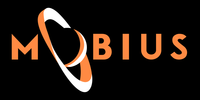
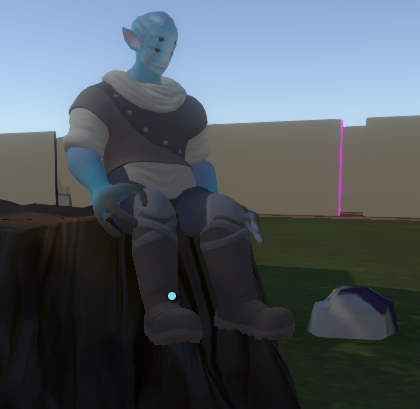
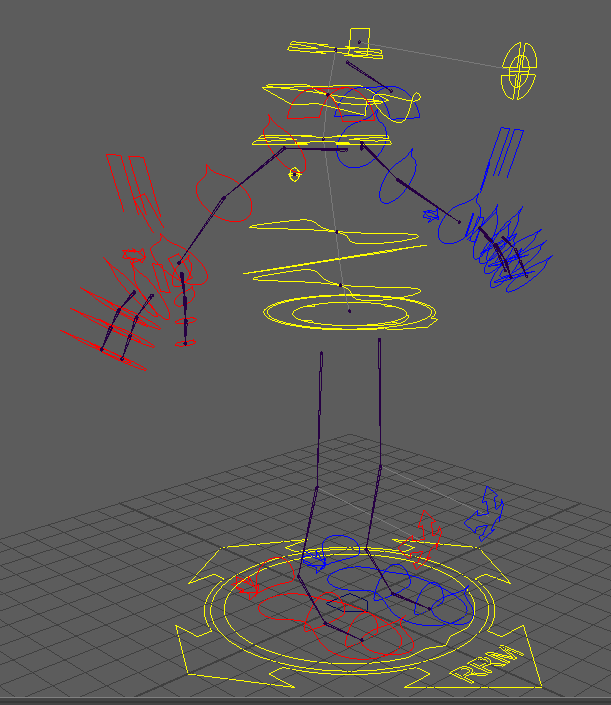
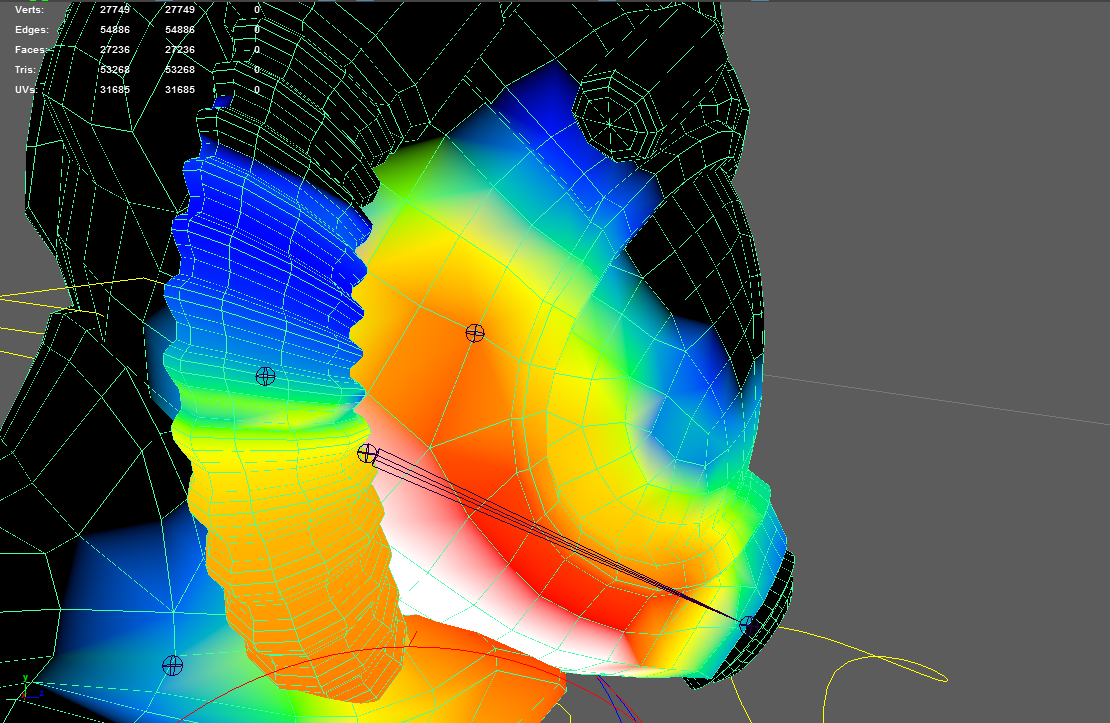
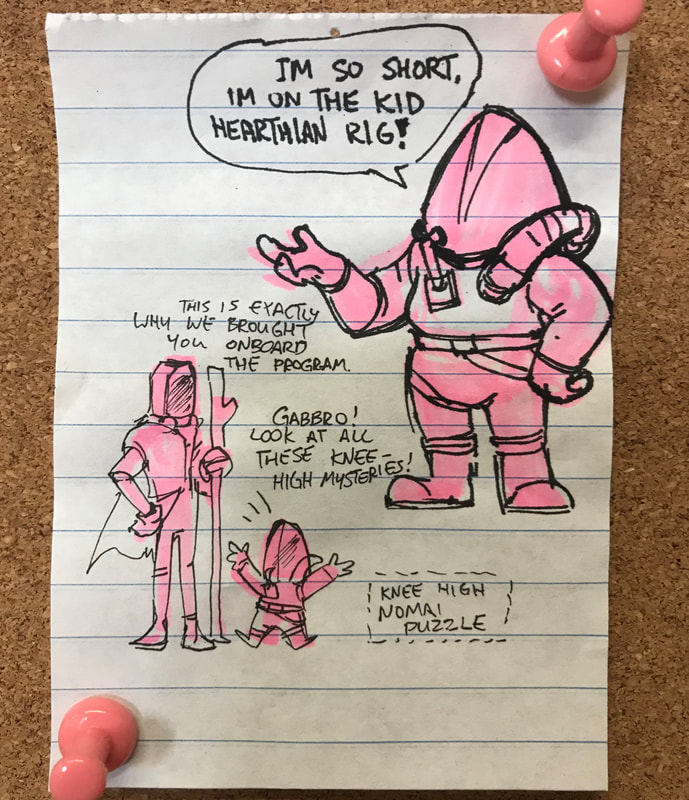
 RSS Feed
RSS Feed